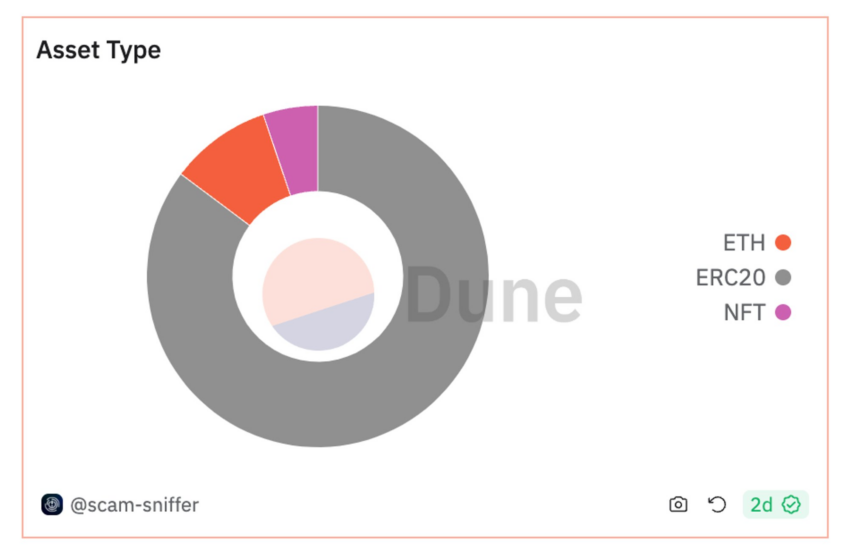February saw a staggering rise in personal cryptocurrency scams, with around 57,000 individuals falling prey, resulting in a collective loss of around $47 million, as reported by Scam Sniffer.
During the period under review, several individuals, mostly users of the Ethereum mainnet, fell prey to multiple phishing attempts.
$47 million worth of cryptocurrencies were stolen in February
According to Scam Sniffer's results, 57,066 victims fell into the trap of cryptocurrency phishing scams during the month. The attackers were able to steal $46.86 million from these cryptocurrency investors while masquerading as legitimate entities on various social media platforms, including X (formerly Twitter).
It is worth noting that the total number of victims who lost more than $1 million decreased by 75% compared to January. However, a major phishing theft worth $6.2 million occurred on February 15, marking the largest loss in a single day.

Across chains, Ethereum mainnet users bore the brunt, accounting for 78% of all exploits over the course of the month. A breakdown of the attacks shows that Ethereum-based thefts amounted to $36.2 million from 25,029 victims.
Read more: 15 common crypto scams you should watch out for
Arbitrum and BNB followed suit, suffering losses totaling about $3.5 million and $2.5 million, respectively. Furthermore, Ethereum-based ERC20 tokens accounted for approximately $40 million in stolen assets, representing 86% of the total.
It is worth noting that over $4.4 million worth of ETH and non-fungible tokens (NFTs) worth approximately $2.4 million were also stolen.

Despite heightened security measures, phishing attacks show no signs of abating, with an alarming increase of more than 10,000 in the number of victims compared to the previous month, albeit with a slight decrease in the amount stolen.
To implement these schemes, bad actors used various methods, including phishing signatures such as Permit, IncreasAllowance, and Uniswap Permit2. Additionally, attackers tend to impersonate verified cryptocurrency entities in social media comment sections, especially X.
Read more: Crypto Social Media Scams: How to Stay Safe
Through this method, scammers lure cryptocurrency users to phishing sites, where their wallets are systematically drained.
Disclaimer
All information contained on our website is published in good faith and for general information purposes only. Any action the reader takes upon information on our website is at his own risk.

